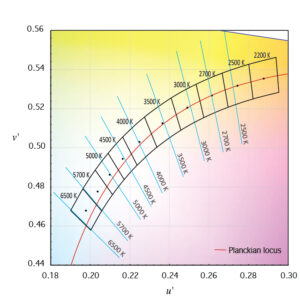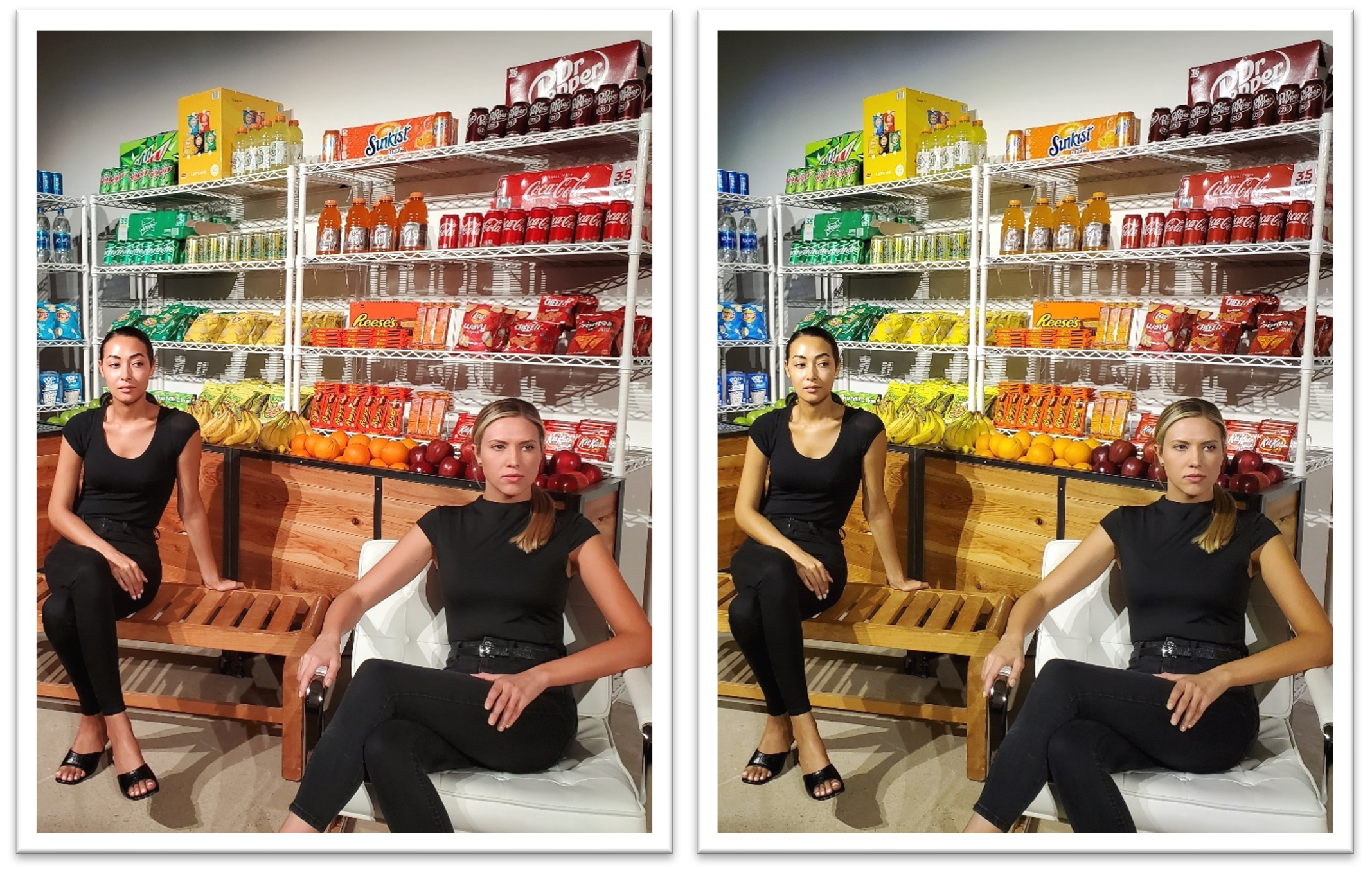If you look up the definition of Correlated Color Temperature (CCT) in IES LS-1 you’ll find, “The absolute temperature of a blackbody whose chromaticity most nearly resembles that of the light source.” It seems straightforward. The spectrum of non-incandescent light sources don’t exactly match a blackbody radiator. They’ll plot off the blackbody locus in a chromaticity diagram. A CCT calculation identifies the color temperature closest to the light source in question – that’s the CCT. We all know that.
Not long ago someone on the IES Color Committee suggested that we develop and issue a standardized CCT calculation. My first thought was, “What? Are you saying that after decades of specifying CCT there’s no industry standard calculation method? What’s going on?” It turns out that since the late 1930s at least a dozen CCT calculation methods have been developed but none of them have been adopted by a standards setting body like the IES or CIE. The same is true for Duv, the direction and distance between the chromaticity coordinates of the light source and the nearest point on the blackbody locus. This means that the method used is up to the LED or equipment manufacturer, and can vary from one manufacturer to another.
Now, for lighting designers this isn’t a problem. Variations between the calculation methods generally aren’t large (although they can range from less than 1/1000th to several hundred K), and we are selecting LEDs described by their nominal CCT as outlined in NEMA C78.377, not their exact CCT. Those chromaticity quadrangles are huge, roughly 400 – 500 K wide and over 7 MacAdam ellipses, as shown below. For lighting designers the problem is the huge variation possible within a single CCT designation, but that’s for another day.

But, for LED manufacturers, testing equipment manufacturers, and researchers this can be a real problem. If two people attempt to precisely measure the same LED and arrive at two different CCTs how would they determine who’s right, or which calculation is “better”?
Now we have an answer. ANSI/IES TM-40 IES Method for Determining Correlated Color Temperature (CCT) and Distance from the Planckian Locus of Light Sources describes a CCT calculation method with an error of less than 0.1 K that calculates Duv based on the result of the CCT calculation. While there’s no way to compel anyone to use this method, it is an American national standard developed under the ANSI process, making it the closes thing we have to an industry standard. Finally.

